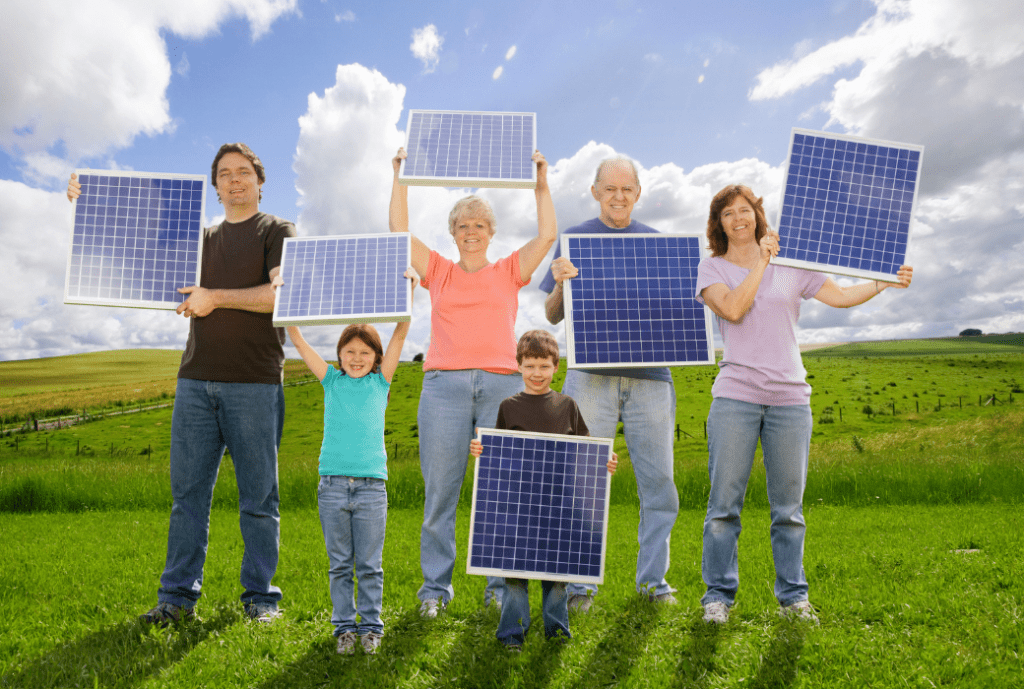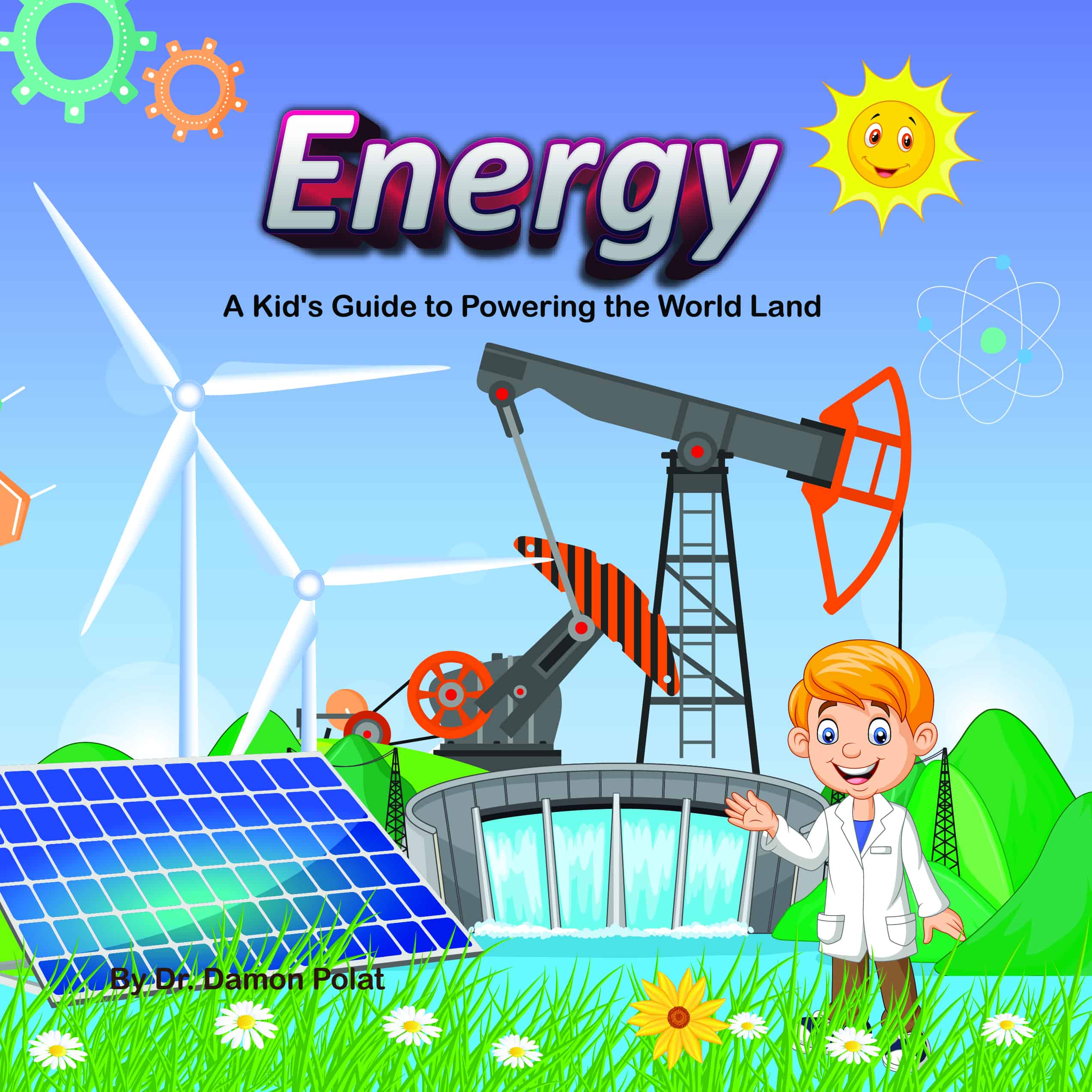Fun Facts about Solar Energy

Solar energy, the ultimate gift of the sun, has become a shining beacon of hope for a greener and more sustainable future. In the quest to reduce dependence on fossil fuels and shift to renewable energy sources, solar energy is leading the way. In this blog article, we’ll learn some fascinating facts about solar energy, solar panels, and the solar industry that will grab kids’ attention. From its origins in space travel to its increasingly widespread applications, let’s go on a journey to understand the magic of solar energy and how it’s revolutionizing the way we live, work and play.
Fun Facts
Solar panels are like sun-powered superheroes:
Solar panels absorb sunlight and convert it into electricity, just like plants use sunlight for photosynthesis!
Solar energy is clean and environmentally friendly:
Unlike fossil fuels, solar energy produces no harmful emissions and doesn’t contribute to climate change, making it an environmentally friendly way to power our homes, schools and playgrounds.
Solar cells come from space:
The first solar cells were developed for space, to power satellites orbiting the Earth. Scientists are exploring the possibility of using solar power for space exploration, as solar power can be used to power spacecraft even in deep space. Today, we use this technology from space to power our daily lives.
Solar energy is abundant:
The Earth receives more energy from the sun in one hour than the entire world consumes in an entire year! This means that we’ll never run out of solar energy. The sun continuously provides the Earth with about 173,000 terawatts of energy, more than 10,000 times the world’s total energy consumption.
Solar energy can be used everywhere:
As long as the sun is shining, solar panels can be used to generate electricity. They can even be installed in remote locations or used for off-grid living.
Solar-powered toys and gadgets:
There are many solar-powered toys, such as cars and robots, that children can use to learn about solar energy through play.
Solar panels love sunny days:
Just as we enjoy playing outside on a sunny day, solar panels work best when there is plenty of sunlight. They can also generate electricity on cloudy days, but they’re most efficient when the sun is shining brightly.
Solar industry:
Solar energy is a growing industry, as more and more people are choosing solar energy to power their lives. This means that there are many exciting job opportunities in solar companies for anyone interested in renewable energy.
Solar power can be stored for later:
Batteries can store the electricity generated by solar panels so we can use it when the sun isn’t shining, such as at night or on cloudy days.
Solar panel art:
Some solar companies design colorful and artistic solar panels that not only generate electricity, but also look good on the roof.
Encourage kids to learn more about solar energy, solar panels, and renewable resources to inspire a new generation of environmentally conscious people.
Solar energy is versatile:
It can’t only generate electricity, but also heat water, cook, and even desalinate seawater to produce fresh drinking water.
The world’s largest solar power plant:
The Bhadla Solar Park in India is the largest solar power plant in the world. It covers 14,000 hectares and generates 2,245 megawatts of electricity.
Solar energy is being used in transportation:
Solar-powered vehicles such as cars, boats and even airplanes are being developed to reduce our dependence on fossil fuels and cut emissions.
Photovoltaic (PV) and concentrated solar power (CSP):
There are two main types of solar technologies. Photovoltaic (PV) panels convert sunlight directly into electricity, while concentrated solar power plants (CSP) use mirrors to focus sunlight on a central point to generate heat, which in turn produces electricity.
Solar panels are recyclable:
Most solar panels have a lifespan of 25-30 years. After that, they can be recycled to recover valuable materials such as silicon, aluminum and glass, reducing waste and environmental impact.
Perovskite solar cells:
This emerging solar technology has the potential to be cheaper and more efficient than traditional silicon-based solar cells, making solar power more accessible to people around the world.
Floating solar farms:
To overcome the lack of space on land, floating solar farms are being installed on bodies of water such as lakes and reservoirs, allowing efficient use of space for power generation.
Solar energy is becoming more affordable:
The cost of solar panels has fallen by more than 80% over the last decade, making solar energy more accessible and cost-effective for people around the world.
Conclusion
In summary, solar energy is a remarkable and transformative energy source that holds the key to a cleaner and more sustainable future for our planet. As we have noted, solar energy isn’t only abundant and versatile, but is also becoming more accessible and cost-effective for people around the world. By continuing to innovate and invest in solar technology, we can harness the immense potential of the sun to power our lives while reducing our environmental footprint. If we encourage the younger generation to learn more about solar energy and its many applications, they’ll be the environmental stewards of tomorrow. Together, we can pave the way to a greener and more sustainable world for generations to come.

